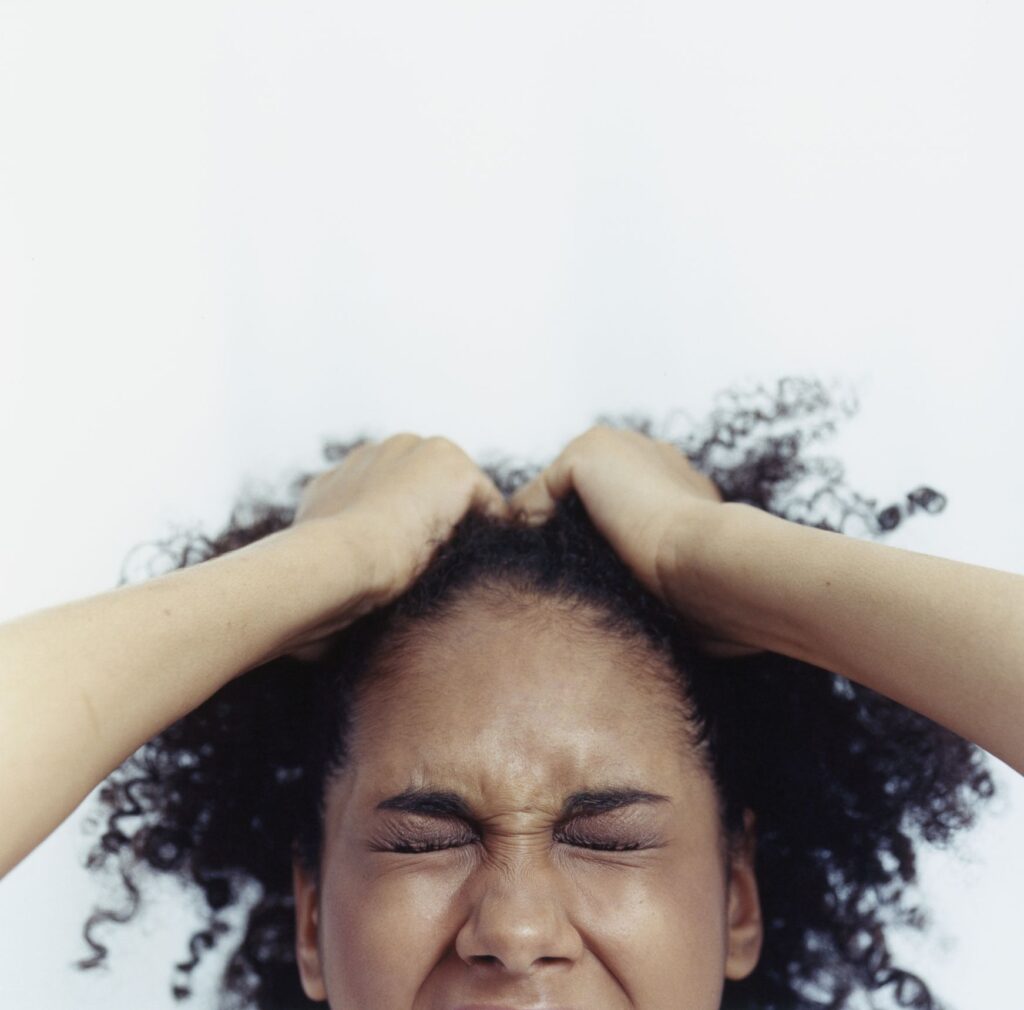Hair pulling or the technical term, Trichotillomania, is the irresistible urge to pull one’s own hair. It’s normally described as an impulse control disorder because it’s an unwanted habit that is an unconscious response to relieve stress. The severity of the condition ranges from mild to totally overwhelming to the person suffering from hair pulling.
Symptoms of Trichotillomania may include:
- Feelings of stress and tension
- The pulling of hair
- A feeling of relief, pleasure, or satisfaction after the act
- Inspecting, biting, chewing, or even eating the pulled-out hair
- Some people also bite their fingernails and pick their skin
- Can sometimes feel the urge to pull their pet’s hairs or the furry material of their blankets or garments
- Noticeably bare patches on the scalp, eyebrows, or other facial or body areas
Standard Treatment
Trichotillomania is normally treated using psychotherapy. This kind of therapy helps patients understand and recognise the abdominal pattern. Doctors may also offer medication, but these will only help control the symptoms and not totally cure the condition. Typical oral medications include antidepressants like clomipramine. Other medications include N-acetylcysteine and olanzapine. Keep in mind, though, that the benefits of these medications should be weighed against their possible side effects.
Hypnotherapy as a Form of Treatment for Trichotillomania
Studies
Many studies have been performed looking at Trichotillomania and hypnotherapy. For instance, a journal article in abstract form was published stating that a 26-year-old female who has been pulling her hair for 18 years stopped the habit after sessions of hypnotherapy. An article published on Trich.org also revealed that hypnotherapy can be an effective treatment. According to the author, “Hypnosis is one of the methods that can end or lessen that struggle. For those who are uncomfortable with medication, who have failed to see results with strictly behavioural approaches, or who just seek to add another tool to their coping techniques, hypnosis is an option worth considering.” See below for references.
Who comes to see me?
People of all ages suffer from the condition. It usually starts in childhood. If you would like to book an appointment to see me, please do so by clicking the orange button below and following the links to book on the online appointment system.
References
“Trichotillomania.” Wikipedia. Wikimedia Foundation, 30 May 2014. Web. 02 June 2014. <http://en.wikipedia.org/wiki/Trichotillomania>.
“Trichotillomania (hair-pulling Disorder).” MayoClinic. N.p., n.d. Web. 04 June 2014. <http://www.mayoclinic.org/diseases-conditions/trichotillomania/basics/definition/con-20030043>.
Sarna, Naomi, and Paul Weinberg. “Hypnosis and Trichotillomania.” Editorial. InTouch 1999: n. pag. Trichotillomania Learning Center. 2008. Web. 05 June 2014. <http://www.trich.org/treatment/article-hypnosis-sarna-weinberg.html>.
Galski, Thomas J. “The Adjunctive Use of Hypnosis in the Treatment of Trichotillomania: A Case Report.” American Journal of Clinical Hypnosis 23.3 (1981): 198-201. Taylor and Francis Online. Web. 1 June 2014. <http://www.tandfonline.com/doi/abs/10.1080/00029157.1981.10403266#.U4syYXYb3Fw>.

